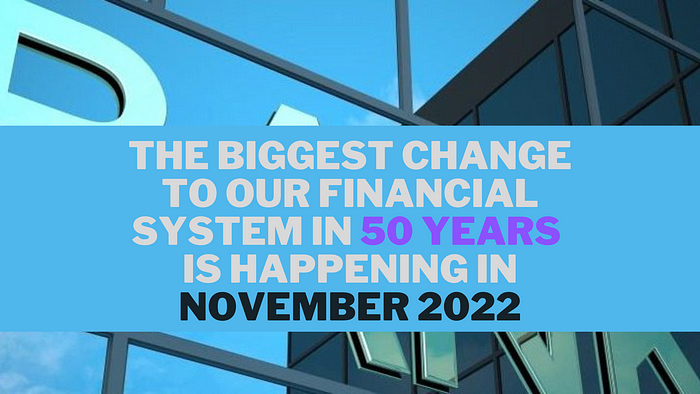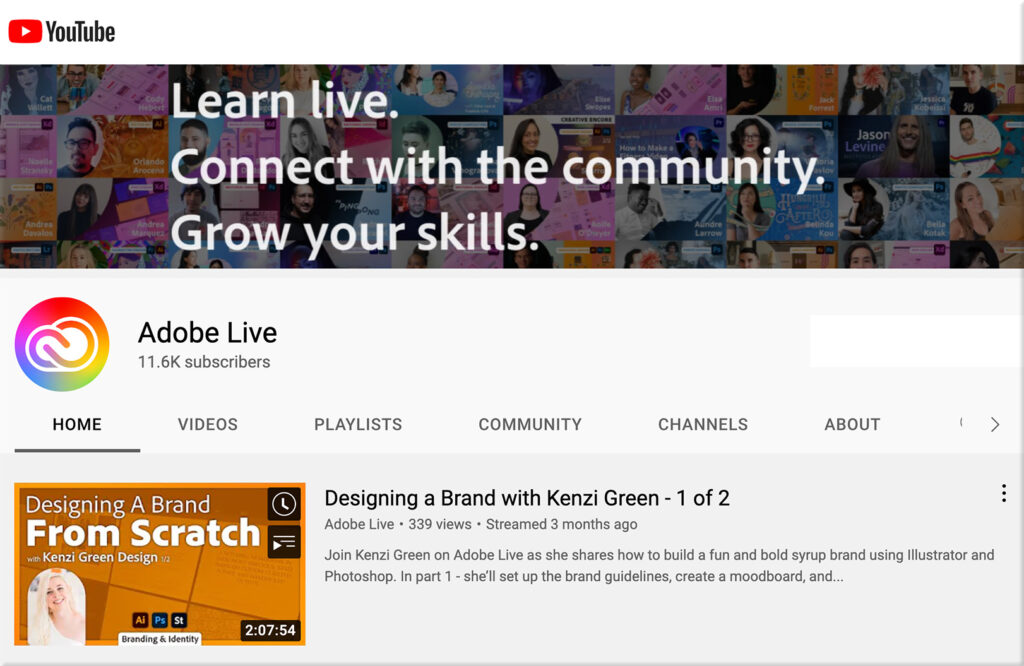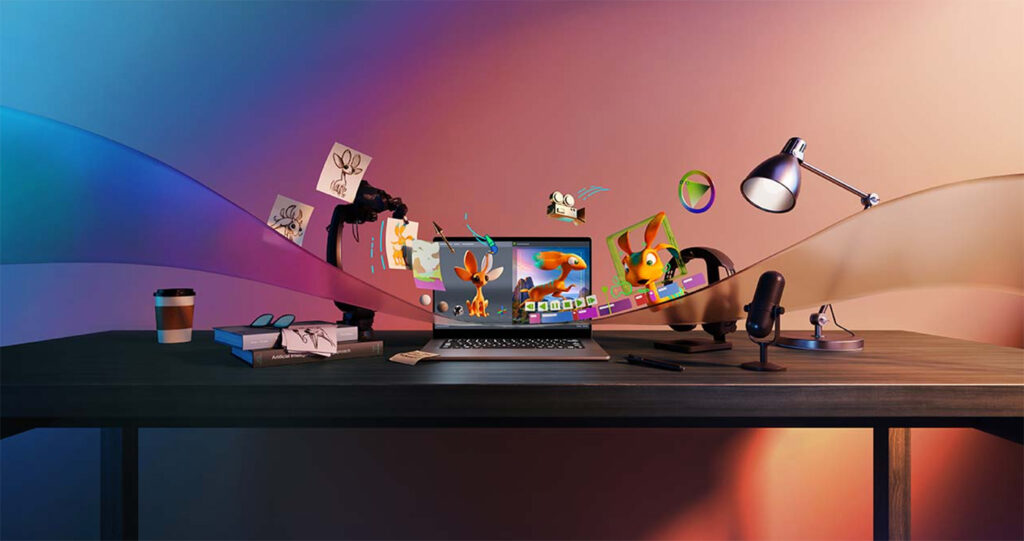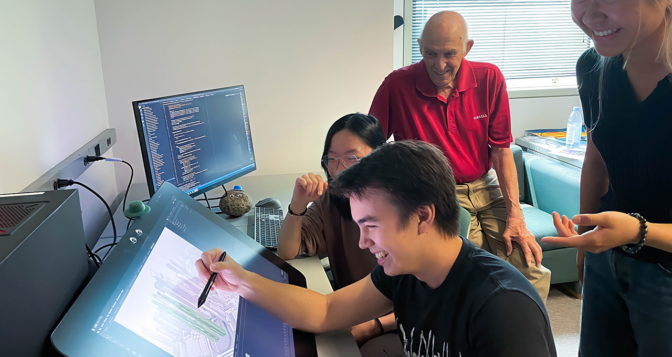From DSC:
I need to learn a lot more about the benefits and the threats/downsides of blockchain-based technologies. Here are two different takes on whether blockchain should be implemented or not — though the second one may be a prime example of the first article (a scam, hyping a tech up for investment purposes, other):
1) ‘Blockchain is bunk’: Crypto critics find their voice — from protocol.com by Benjamin Pimentel
John Stark, founding chief of the SEC’s Office of Internet Enforcement, is joining other experts in a major gathering of crypto skeptics.
Excerpts:
More than 20 years later, Stark is speaking out against what he considers a new wave of fraud. But this time he’s also taking aim at the technology that he says the scammers are using: cryptocurrencies and blockchain.
…
There are so many aspects to it, whether you’re talking about bitcoin and the greater fool theory, or the externalities of ransomware and drug dealing and human sex trafficking, or the financial systemic risk created by cryptocurrency or the real bluster, hype and nonsensical belief in blockchain. There’s so many reasons to be skeptical of cryptocurrency.
Seven or eight years ago, I was willing to entertain the thought that this might be something someday. But I’m just done with that. Because there came a point in my research, my writing and my experience, where I just felt like it’s really shameless.
…
From my perspective, I think the magnificence of this conference is that it’s the first in history to really present these experts who are going to come together for the first time in a way that presents every angle. Because it’s a multifaceted situation. There are hundreds of cryptocurrency conferences, and they are all these lovefests where everyone just sits around and talks about how great it is, because they’re all getting rich from it.I don’t mean to sound cynical, but that’s the truth. That’s the reality. So it’s a bit of an antidote for that illness, which plagues the space right now.
2) The Biggest Change to our Financial System in 50 Years is Happening in November… — from medium.com by Richard Knight
International Payments are moving to the blockchain (ISO 20022)

Excerpt:
Many cryptocurrency investors are looking to reap massive returns as the 50-year-old international payments system moves onto the blockchain beginning in November 2022.
This is part of what is known as ISO 20022, a single standardization approach to be used by all financial standards initiatives. The new standardization is set to officially begin in November 2022 and be fully implemented by November 2025.
There are many cryptocurrencies that will be integrated into this new financial system, referred to as ISO 20022 compliment cryptocurrencies and there is much speculation these cryptocurrencies will soar in price once the standard is implemented.
Also relevant/see:
- MONETARY POLICY > The Verdict Is in for El Salvador’s Bitcoin Experiment: It Failed — from nationalreview.com by Steve H. Hanke & Caleb Hofmann













